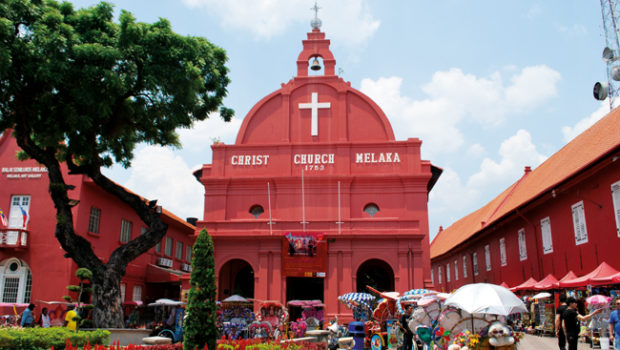
Melaka’s multicultural heritage
This year marks the 8th anniversary for Melaka as UNESCO’s World Heritage Site since its recognition back in 2008. The status is awarded to places that meet the criteria for special cultural and physical significance as well as outstanding universal value. where2 went to Melaka to experience the multicultural and diverse history of this Historic City.
THE COLONIAL TOWN
Melaka is one of the remarkable examples of former colonial towns that inherit the historical and cultural stature as a vital trading port linking the East and the West. As a trade route from Europe through the Middle East, India, Malay Archipelago, and all the way to China, the city is a testimony of vast cultural influences from the colonials as well as the foreign traders who settled there.
As I walked around the Heritage Core Zone, I could not help but feel as though I was taken back in time by the colonials’ presence engraved in the unique architectures and townscape.
One of the favourite starting points in touring the Historic City is the Dutch Square, also known as the Red Square. The row of red buildings surrounding it is a legacy of the Dutch that is still very much alive now. Since the Dutch concentrated their settlement around the St. Paul Hill, you can see a lot of typical Dutch archetype such as solid doors and louvered windows here.
I did a Dutch heritage trail where I started my walk from the Stadthuys before hiking up to the St. Paul’s Church. From there, you can either choose to walk back to the square using the same path or continue down to the Dutch Graveyard. From the graveyard, you have to walk back and go down until you see the famous A’Famosa. If you take a right turn along the row of museums that was once the official residences for the Dutch, you will arrive back at the square.
The Dutch heritage trail does not end at the St. Paul Hill, but stretches until the Hereen and Jonker Street across the river where residential quarters once occupied the area. Here, you can see the shop-houses that are over 300 years old. The 17th century shop-house has a high door with small windows and rooms with lofty ceiling. The houses were built close with each other with a narrow width of about 4 metres. Its length, though, could sometimes stretch up to a hundred metres.
If you are interested, you might want to visit No. 8 Hereen Street. This is a restoration of an early shop-house built during the Dutch era in Melaka.
THE TRADING TOWN
Being a vital hub for traders along the Melaka Straits, the town itself served as a spot for merchants and traders to do their businesses. The successive changes of colonial powers also brought about stages of development that can be seen until now. Flourished trades contributed to the expansion of cultural activities among the townsfolk living there.
If you walk around Jonker Street, you may see some of the traditional business still alive and sustaining themselves, mostly with loyal customers.
One of the businesses that is still scattered and can be found easily here is the antique shop. The shops sell various old furniture and interior ornaments as well as vintage items such as house appliances and grandfather clocks. Along the streets, you will also see some surviving retail shops selling local products such as Gula Melaka and dozens of local snacks.
Another interesting traditional trade that you cannot miss is the Wah Aik Shoemaker. This is one amongst the few shops that still make the traditional handmade lotus shoes for bound feet and the nyonya beaded shoes.
When I stepped into the shop, the owner, Raymond Yeo, was diligently knocking on the shoe soles. According to Raymond, he is the third generation of shoemakers in the family business that started in the late 1800s.
During his grandfather’s era, there was a huge market for these lotus shoes since the ancient practice of feet binding was still a trend among the Chinese community. “Today, even there is almost none who still practice the art, there is still a demand for these shoes, mostly as souvenirs,” said Raymond.
The demand for nyonya beaded shoes is still high and most of Raymond’s customers are Singaporeans. “There are two types of beads used: coarse and fine. The coarse beads are much cheaper and the price usually starts at RM300 plus; while the fine beads are more expensive since it is delicate and demands meticulous attention. I spend roughly two or three months to finish a pair of shoes,” he added.
THE CULTURAL PLURALISM
As a melting pot, Melaka is a living testament to the multicultural heritage and tradition that combines Asian and European influences. One of the many forms that can be seen is the harmonious society. This is expressed in their daily life encounters with each other and the variety of local heritage such as faiths, languages, ethnics, cultural festivals and food.
There is a long street called the Harmony Street that is divided into three different sections, namely, Jalan Tukang Besi, Jalan Tukang Emas, and Jalan Tokong. The streets represent the three major religions in Malaysia – the Cheng Hoon Teng Taoist Temple, Kampung Kling Mosque and Sri Poyatha Moorthi Hindu Temple.
Cheng Hoon Teng Temple was built in 1645 and is the oldest functioning temple in Malaysia. It practices three Doctrinal System of Taoism, Confucianism, and Buddhism. During certain festivals, you can see a lot of people celebrating in front of the temple.
Kampung Kling Mosque was originally built by Indian Muslim traders in 1748 before it was rebuilt in brick in 1872. The mosque is an excellent example of various cultural blends involving Sumatran, Chinese, Hindu, Melaka Malay, with a touch of English and Portuguese style. The minaret resembles a pagoda, along with Hindu and Chinese style woodcarvings together with Victorian chandeliers and Corinthian columns.
Sri Poyatha Moorthi temple is the oldest Hindu temple in Malaysia and also one of the oldest functioning Hindu temples in Southeast Asia. The temple was built by the Chitty people in 1781 and dedicated to Vinayagar, the elephant deity.















 Previous Article
Previous Article Next Article
Next Article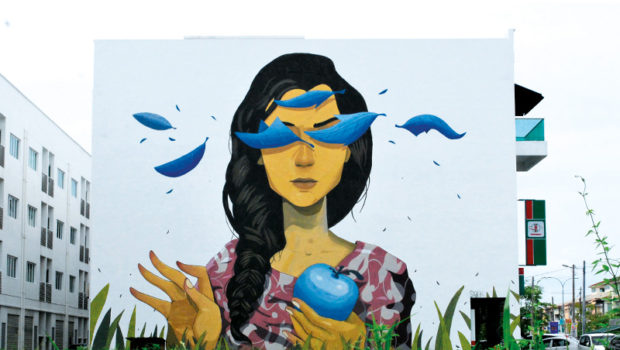 Arts explosion in Jalan Raja Uda
Arts explosion in Jalan Raja Uda 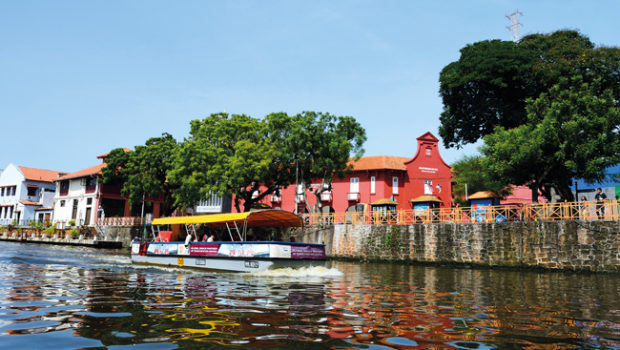 Melaka River Cruise
Melaka River Cruise 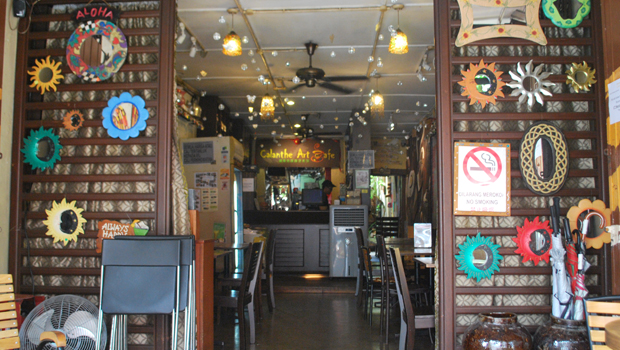 Melaka – it’s all about concept “Hipster” cafes
Melaka – it’s all about concept “Hipster” cafes 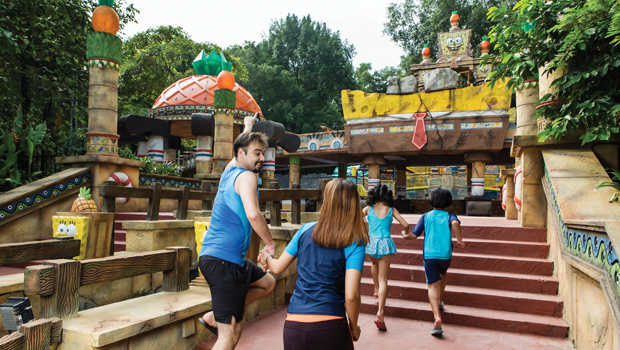 Nickelodeon finds home in Sunway Lagoon
Nickelodeon finds home in Sunway Lagoon  A Weekend in Ayer Keroh, Melaka
A Weekend in Ayer Keroh, Melaka 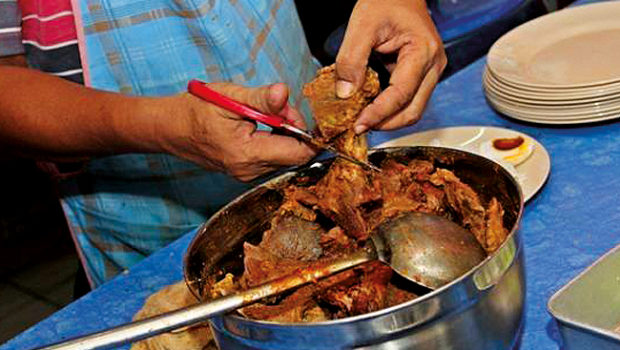 Melaka’s most wanted : best breakfast, lunch and dinner
Melaka’s most wanted : best breakfast, lunch and dinner 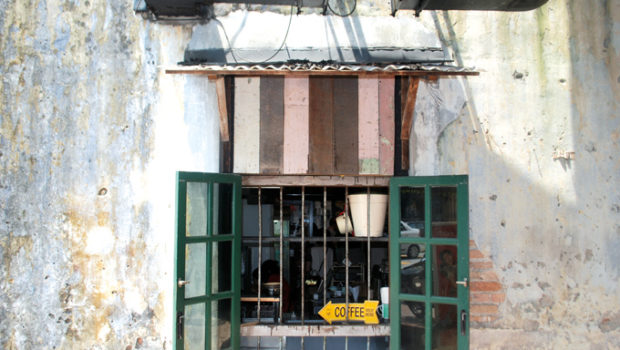 WOW! Perak – From leisure walk to adventure sports
WOW! Perak – From leisure walk to adventure sports 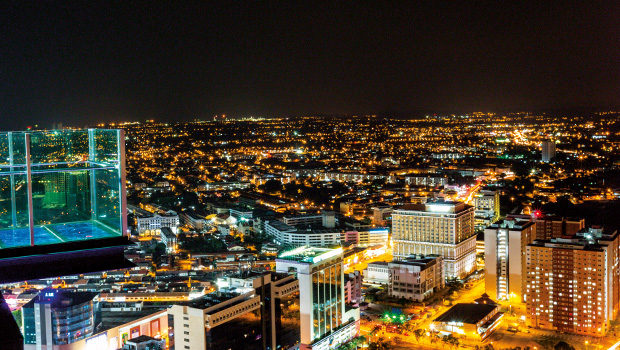 When in Melaka
When in Melaka